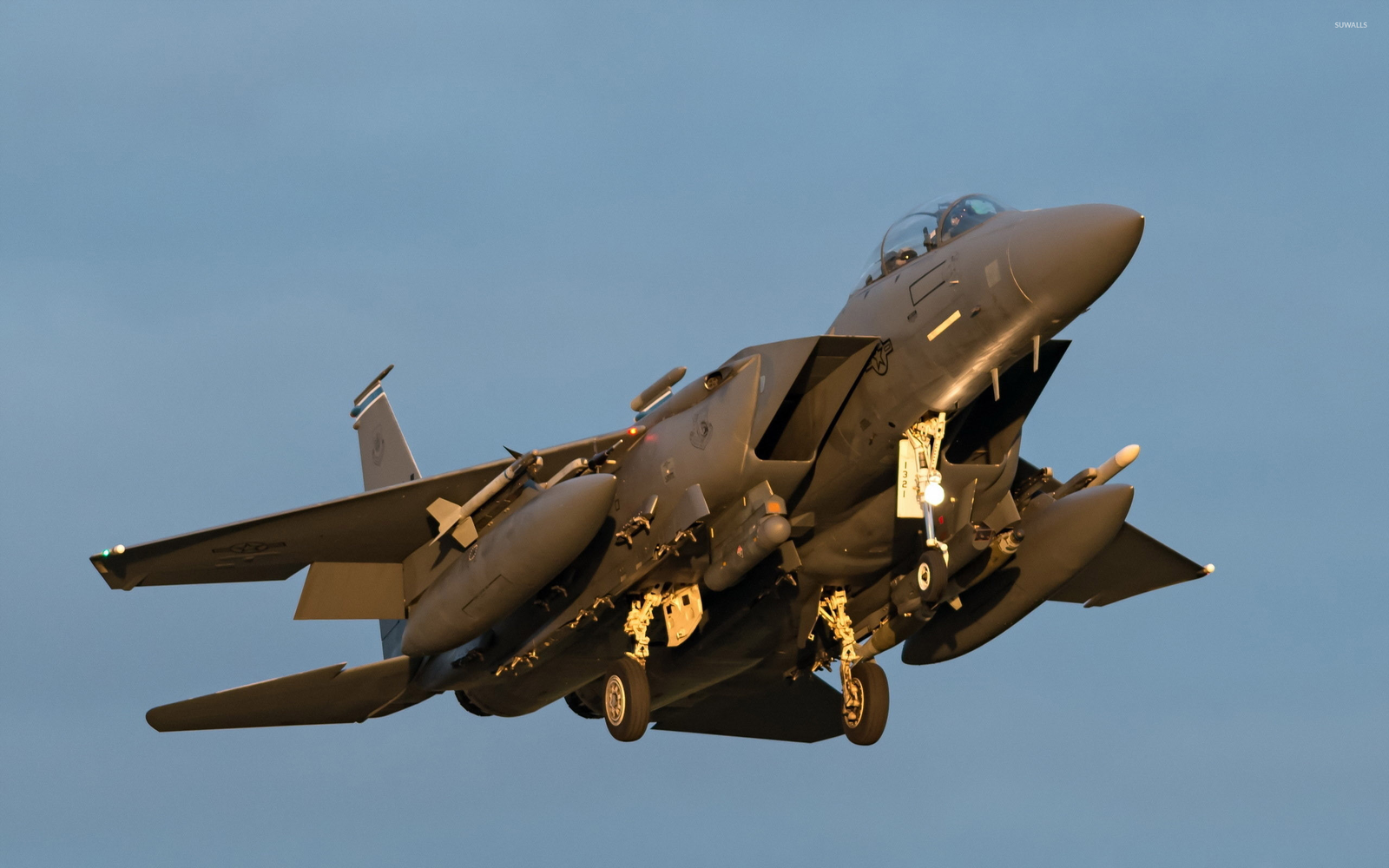
Air superiority has always been a determinant of modern warfare, but how it’s obtained is evolving rapidly. From Cold War legends such as the F-15 Eagle to emerging systems like the NGAD fighter and unmanned wingmen, technology and doctrine keep transforming how countries fight for dominance of the skies. What once equated to complete domination now equates to survival, adaptation, and victory in contested airspace.

7. F-15 Eagle – The Timeless Standard-Bearer
Since World War II, military forces have known that the side that owns the air generally owns the battlefield. But in the world today, that supremacy is far less assured. The F-15 Eagle, conceived in the Cold War, was crafted to outrun and outturn Soviet fighters, borrowing from the energy-maneuverability concepts of strategy John Boyd. Its unblemished performance record in combat—particularly with the Israeli Air Force—made it a representative of what air dominance had been about.

Its modern successor, the F-15EX Eagle II, carries that tradition forward. It can climb to 60,000 feet, reach speeds past Mach 2.5, and haul up to 22 air-to-air missiles—an astonishing loadout. Advanced avionics and digital flight controls keep it sharp, but the lack of stealth remains its biggest vulnerability. Against modern defenses, that absence raises real questions about survivability.

6. Eurofighter Typhoon – The Nimble Performer
Air-to-air combat transitioned from specialist tasks to multi-mission machines, and the Eurofighter Typhoon is that transformation. With its canard-delta shape and radical maneuverability, the Typhoon excels in close-range dogfights, introducing sheer maneuverability to the battlefield. In contrast, fifth-generation fighters such as the F-35 Lightning II very rarely need to use such knife-fighting engagements. Rather, stealth, long-range sensors, and information dominance allow it to attack before the opponent knows it exists.

Fighter jocks who’ve flown both confirm: when turning is the key to battle, the Typhoon can’t be beat. But for being invisible, networking data throughout the battlespace, and loading the dice even before the fight is on, the F-35 wins hands down. Which is “better” isn’t an easy question—it all depends on the mission and the threat.

5. S-400 Triumf – The Airspace Equalizer
Current fighters can no longer provide air supremacy through their own abilities. Technologies such as the S-400 Triumf have leveled the playing field. These combined defenses can track and target aircraft at great distances, even those designed with stealth capabilities. Stealth originated as a reaction to such ground-based threats, but at a cost: compromised internal volume for weapons, delicate coatings, and high-speed performance penalties. In the meantime, sensor and radar technology are catching up. Even minimal turbulence from an aircraft’s engines sometimes hints at stealth fighters. The reality is, no one “do-everything” jet has yet to demonstrate being able to master all situations, particularly close combat against committed fighter planes.

4. Buk-M1 – The Ukraine Frontline Threat
The current conflict in Ukraine is a stark reminder that complete air supremacy is no longer assured. Its mobile systems, such as the Buk-M1 and sophisticated electronic warfare systems, have created an environment where neither belligerent can no longer dominate the skies at will. This is a long way from the overwhelming dominance shown in the Gulf War in 1991. Experts today contend that contested skies, with networked and mobile defenses, are the emerging reality. In contrast to fixed locations in the past, these contemporary systems are much more difficult to take out entirely.

3. AGM-88 HARM – The Suppressor’s Tool
As the threat environment changes, air forces are reexamining what “superiority” now entails. U.S. Air Force commanders now insist it can no longer be a matter of weeks of unchallenged skies. Rather, command must be exercised at critical locations and times to support joint operations on the ground. Missiles such as the AGM-88 HARM, which were intended to track down foe radar, remain essential. But more and more, new technologies are filling that gap—far-distant precision strikes, drones, and space assets that can provide commanders with real-time awareness.

2. NGAD Fighter – The Sixth-Generation Edge
Forward-looking, the Next Generation Air Dominance (NGAD) program of the U.S. Air Force is centered on flexibility. Its core is a manned sixth-generation fighter collaborating with a group of unmanned Collaborative Combat Aircraft. Together, they will exploit clever networking, adaptive engines, and open-architecture designs in order to remain ahead of maturing threats. The objective isn’t naked domination by brute force. Rather, it will be survivability, resilience, and the capacity to slide in fitfully into the broader force that defines success. NGAD is not about creating a single aircraft. It’s about developing an ecosystem.

1. MQ-28 Ghost Bat – The Future Wingman
The future of the air war isn’t going to be about either side owning the skies altogether. It’s about fighting—and prevailing—in contested airspace. Unmanned wingmen such as the MQ-28 Ghost Bat lead the charge. They extend the range of manned fighters, introduce new dimensions of risk-sharing, and introduce flexible capabilities that alter the contours of battle.

The key takeaway is that air power is no longer a matter of hoping the skies will obey old rules. Technology, changing doctrine, and experience from recent wars all have one message in common: flexibility is the new mantra. Dominance of the air remains important, but it won’t be like it used to be. The skies will be contested—and victory will belong to those who can change the quickest.
